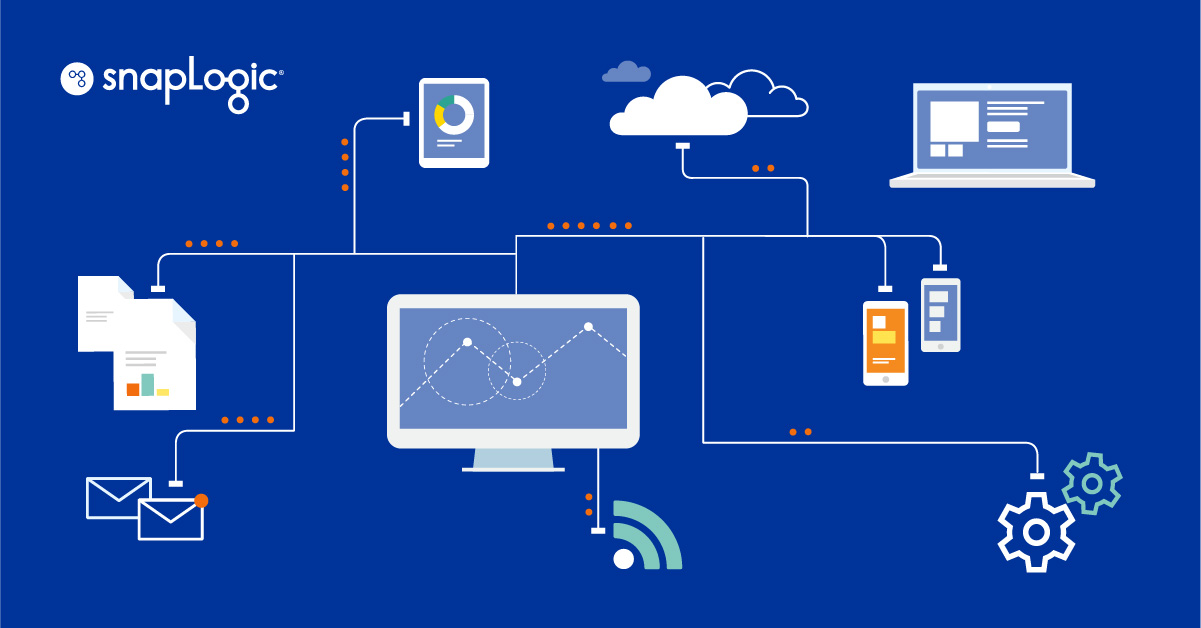Consumer behavior today is very different than it was 10 years ago – the rise of cloud applications and mobile apps now let people complete their goals and intents with a simple tap or click. Information is more accessible than ever and complex tasks can be completed effortlessly. A simple example worth repeating – anyone can plan out their own vacation without having to visit a travel agency or directly contact airline customer service. Among an endless list of benefits, travel plans can automatically be added to personal calendars.
Unfortunately, many of today’s digital technologies do not provide the same kind of support needed to help these very same consumers become even more successful employees. They rely on IT support to help them aggregate information from various data sources. IT departments, however, struggle to provide adequate outcomes in a timely manner due to an unending queue of requests. As a result, organizations are left with employees making decisions with only half of the data they collect or generate, which means projects are slowed due to insufficient data.
One single, bad decision can cost organization millions and carry long-term side effects that the organization needs to clean up. To keep up with demand and empower their colleagues to make the right decisions, IT departments are turning to self-service tools to avoid costly mistakes, speed up innovation, and increase employee productivity and experience. In addition, IT departments can maximize productivity and reduce costs by shifting uncomplicated support tasks to employees, which free up IT to resolve more complex projects.
By 2020, self-service tools will be tailored to help employees solve problems by themselves.
Why do organizations need a self-service integration platform?
Below are the top three reasons why organizations need a self-service integration platform:
- Improve decision-making by democratizing data – By turning employees into citizen integrators, IT departments give employees access to information they need to make insightful decisions. Organizations that adopt a code-free paradigm do not require employees to have specialized skills to gain access to data.
- Increase employee productivity – On average, an employee will spend 392 hours or 2.5 months obtaining, cleaning, and aggregating data. These hours result in $3.1 million lost to unproductivity. Instead of waiting for IT to supply them with data, employees can take advantage of a no-code integration platform and obtain data whenever they need it.
- Boost organizational results – Organizations improve employee experiences when they empower them to obtain the information they need to make decisions, which in return optimizes customer experiences and satisfaction. As a result, organizations that are insights-driven gain a competitive edge.
With a self-service integration platform like the SnapLogic Enterprise Integration Cloud, companies can speed up integration projects by 83 percent.
Learn how organizations and IT departments can take advantage of self-service integration with the ebook, “Self-service integration: Powering today’s data-driven companies.”










